An Auburn baseball fan’s guide to the MLB Draft

Unlike the other major sports, Major League Baseball’s draft is unique in that both prep and college players are eligible, and that makes roster management at the college level incredibly difficult. The three-day event kicks off on Sunday night with the first two rounds, and we’ve got everything you need to know.
MLB Draft Format
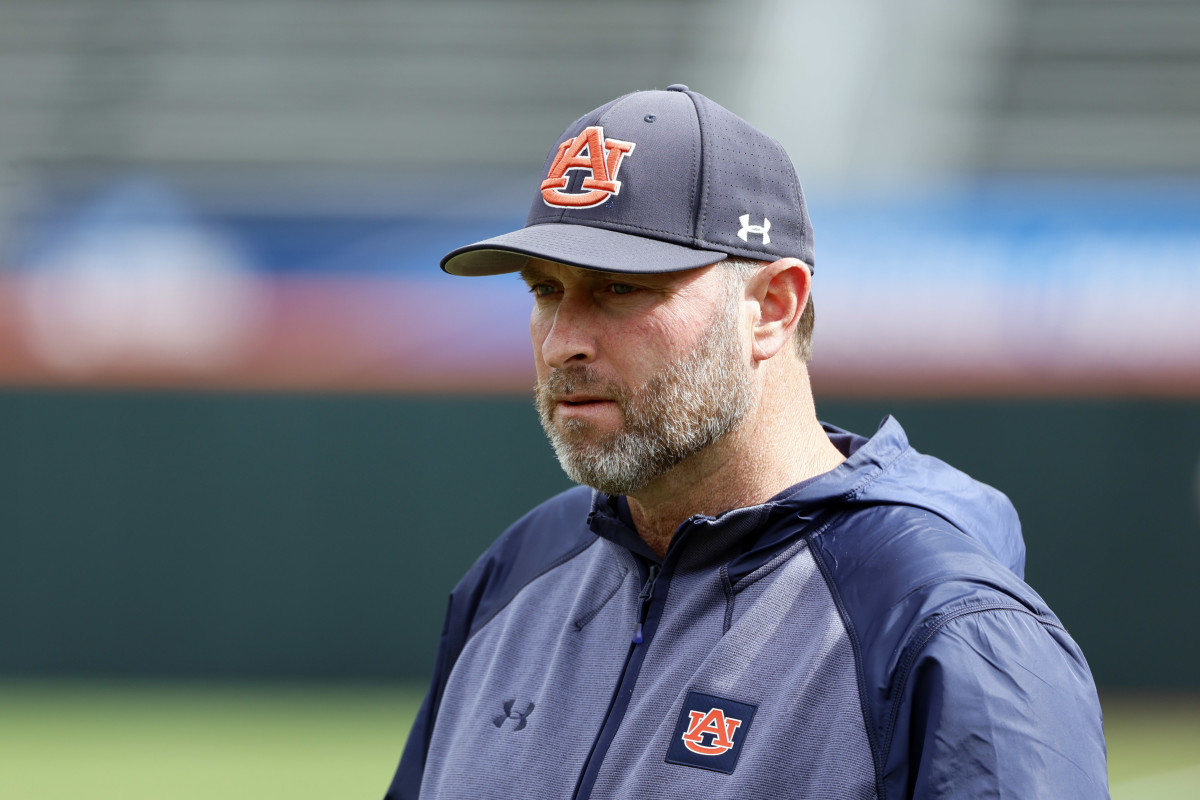
Officially known as the “First-Year Player Draft”, the MLB Draft is currently 20 rounds. Picks are distributed in inverse order of finish in the previous year - the team with the worst record from 2021, the Baltimore Orioles at 52-110, hold the 1st pick in the draft. Each pick in the top ten rounds is assigned a dollar value, called a “slot”, that represents the recommended signing bonus for that selection.
The values of each team’s picks in the first ten rounds is added together and that figure represents the “bonus pool”, the total amount available for teams to sign their draft picks without penalty. Any team overage of their assigned bonus pool by 5% or more is punishable by the loss of future picks, and effectively serves as a quasi-hard cap on signing bonuses.
Teams only have until mid-August to sign their draft picks, unless the player has exhausted their college eligibility - if a team does not reach an agreement with a player by the deadline, the player re-enters the draft pool next year and the MLB team receives a compensatory pick in next year’s draft one spot later than this pick’s position. Teams can vary the amount of the signing bonus that they offer relative to the assigned value of the pick, referred to as going “overslot” or “underslot”, in order to save money from their pool to meet the financial demands of specific players.
The amount of the signing bonus is the only thing to be negotiated between drafted players and their organizations. The contract signed by drafted players, called the “Uniform Player Contract”, is identical in all cases and binds them to the organization for seven minor league seasons and/or until their addition on the MLB 25-man active roster, whichever comes first.
Wages are mostly fixed in the minors: all players subject to the UPC receive $400/week in short season/rookie ball, $500/week in Class A, $600/week in Double-A, and $700/week in Triple-A. New for the 2021 season, furnished housing and transportation to/from the ballpark is now provided by the parent organization, but any costs associated with offseason training are not covered and minor leaguers are not paid once the minor league season concludes, nor in spring training.
Auburn baseball curent players
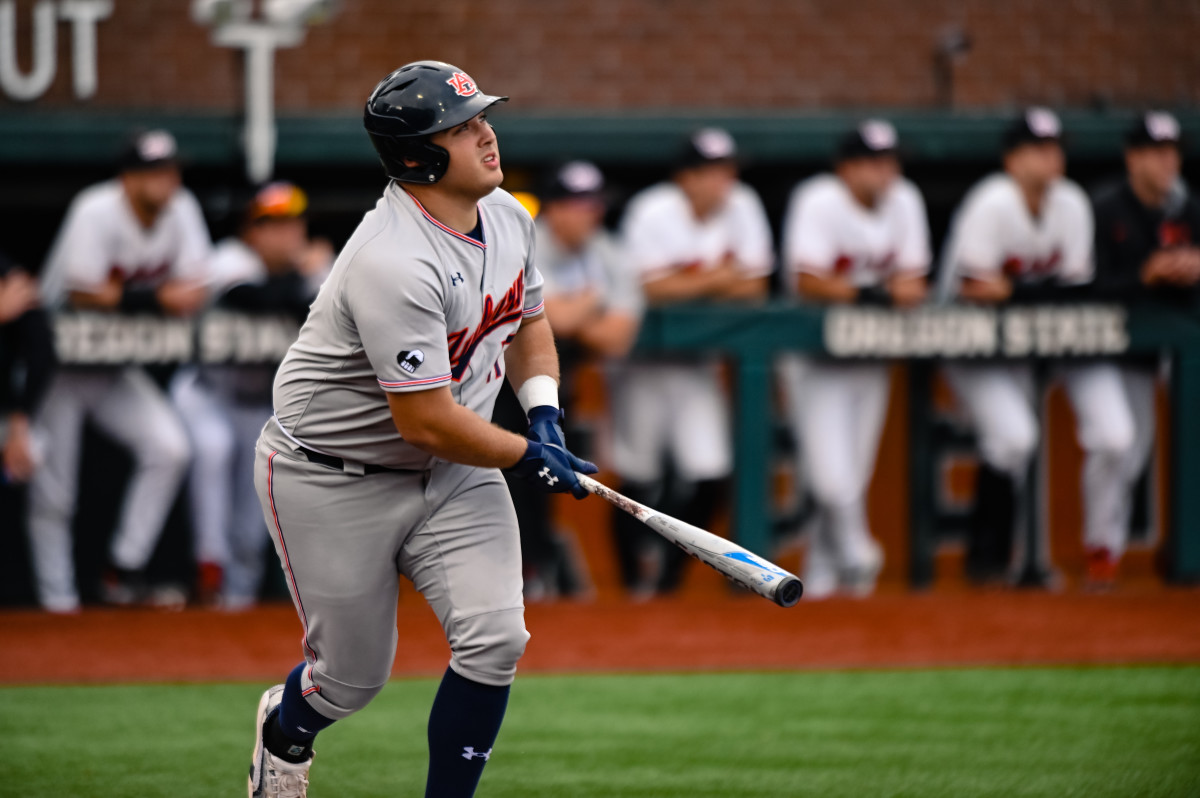
University players that have completed three seasons (juniors) or that have reached age 21 by the date of the draft (sophomores) are eligible to be selected. Junior college and community college players are eligible at all times. Because of this, many college juniors that are selected hold leverage in their signing bonus negotiations, as they have the option of returning to college for their senior seasons. 26 of Auburn’s 39 rostered players are eligible for the draft, with only five having completely exhausted their eligibility. Greatly influencing this is that all players that were on a NCAA roster for the 2020 season can take an additional year of eligibility, called a “COVID” or “super senior” year, to make up for the 2020 season being prematurely terminated.
Draft eligible (class represented most recent academic year completed, bold represents no remaining eligibility):
- Sophomore: RHP Konner Copeland (born July 17th, 2000)
- Redshirt sophomore: C Ryan Dyal
- Junior: OF Bryson Ware, RHP Mason Barnett, LHP Hayden Mullins, RHP Trace Bright, C Nate LaRue, IF Mason Land, RHP Blake Burkhalter, RHP Chase Isbell, RHP Grant Newton, IF Luke Burk
- Redshirt junior: IF Blake Rambusch, OF Josh Hall, LHP Garrett Wade, OF Bobby Pierce
- Senior: SS Brody Moore, OF Kason Howell, LHP Brooks Fuller, 1B Sonny DiChiara, LHP Carson Skipper, RHP Jordan Armstrong
- 5th Year: IF Garrett Farquhar
- Graduate Students: IF Brooks Carlson, LHP Tommy Sheehan, C Jake Wyandt, RHP Tyler Drabick
Generally, college seniors will receive underslot signing bonuses, with juniors being at or slightly overslot. The two factors that will complicate bonus negotiations this year are the extra year of eligibility due to COVID and the impact of NIL. A junior drafted this year, thanks to a potential extra year of eligibility, will have two more opportunities to be drafted should they choose not to sign.
A senior has the option of coming back to school for an additional year, as well, and so offering a significantly underslot deal to a senior and expecting them to sign will be more difficult for many MLB teams. Additionally, the impact of NIL funds to not only offset the cost of attendance but to earn five figures of income makes it more difficult to underslot a draft pick.
As this is the first MLB Draft that NIL monies have been available to players, no one’s really sure of the extent that it will impact draft decisions but it will be a factor for players on the margins.
Scouting Reports
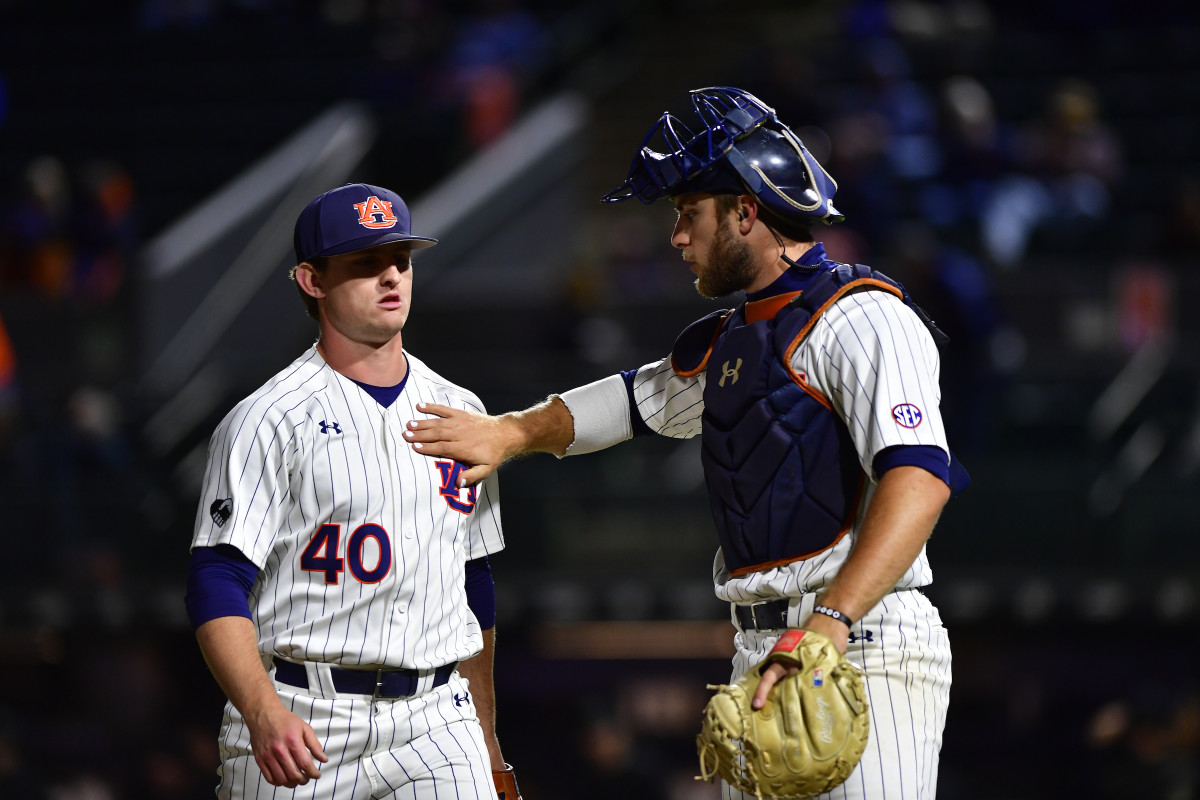
Here are the scouting reports for the Auburn Tigers most likely to be selected during the MLB Draft.
Recruits

Prep players that have finished high school and have not appeared in collegiate action are also eligible for the draft, and are frequently drafted not only on talent but also on “signability”, the industry’s reference to their signing bonus demands relative to their draft slot. Most prep players that are drafted require overslot deals to sign, as they hold the option of reporting to their universities and reentering the draft in three years. Auburn’s class, according to public commitments, is rated 8th in the country (Perfect Game) and features five players that have gone through the USA Baseball prospect development pipeline: C Ike Irish, CF Chris Stanfield, RHP Hayden Murphy, LHP Zach Crotchfelt, and LHP Drew Nelson.
RHP Hayden Murphy is expected to make it to campus, as is LHP Drew Nelson (as told to Auburn Daily). Sources have indicated the Auburn staff will need to “sweat out” Irish, Stanfield, and Crotchfelt. Ike Irish, the 3rd ranked HS catcher on the board and 8th catcher overall, is projected just outside the Top 100. Stanfield and Crotchfelt are currently inside the Top 200, Murphy is just outside the top 200, and Nelson currently unranked (due to strong belief that he’s bound to end up on campus).
Auburn currently has three D1 transfers, Kansas 1B Cooper McMurray, Kent State outfielder Justi Kirby, and Miami (OH) RHP Jonathan Brand; only Brand is on draft boards, at 253, but he is expected to make it to campus as well. Several junior college players are also committed; all are expected to arrive on campus and additional JUCO transfers may be taken depending on draft results.
After the MLB Draft, we’ll have an updated roster and depth chart projection featuring commits, outgoing draftees, and incoming transfers.
2022 MLB Draft
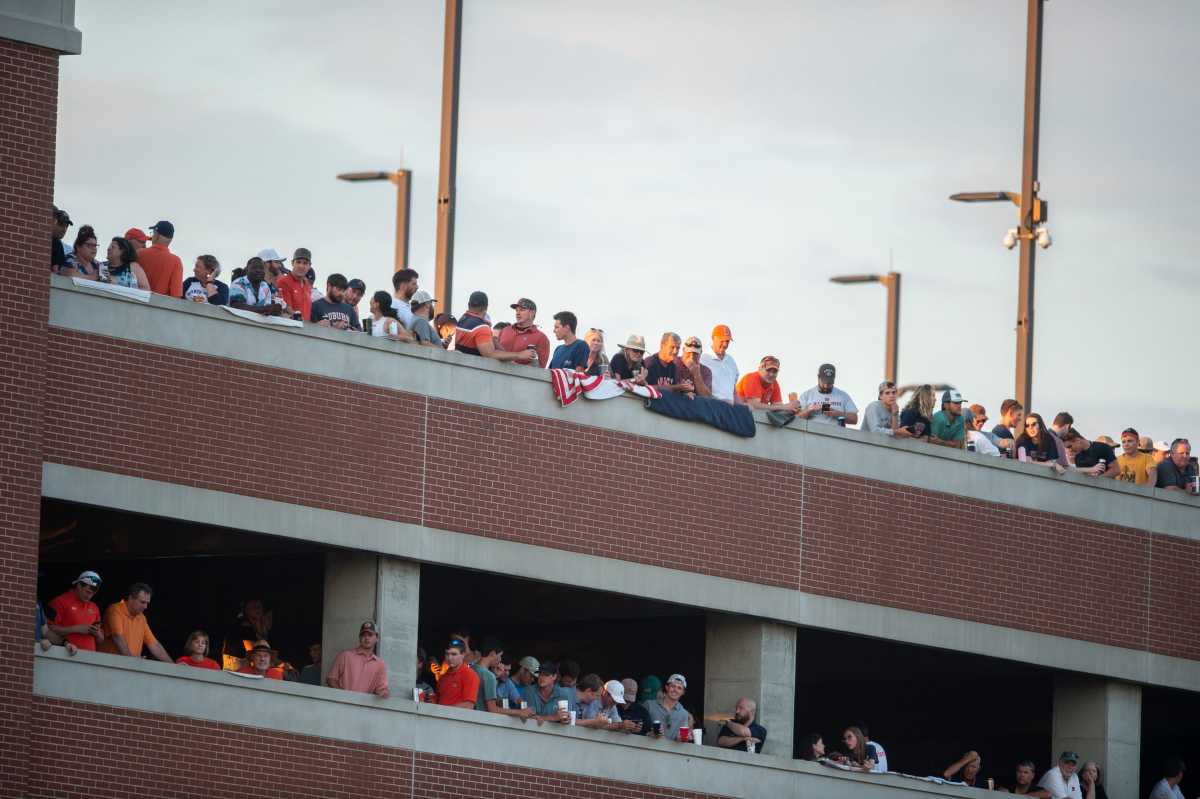
For daily MLB Draft coverage and to follow former Auburn standouts, MLB Prospects, the MLB Draft, and more, subscribe to LockedOn MLB Prospects on YouTube or wherever you get your podcasts, and follow the show on Twitter as well as Lindsay Crosby.
Engage with Auburn Daily on Socials!
Follow Auburn Daily on Twitter
